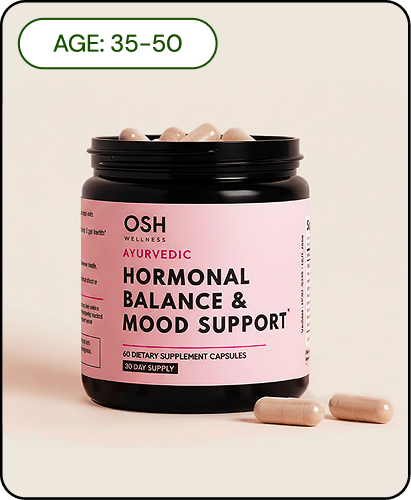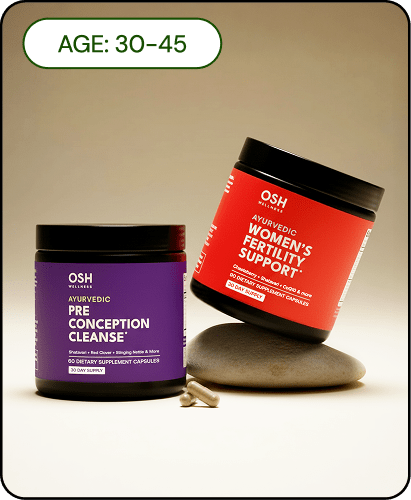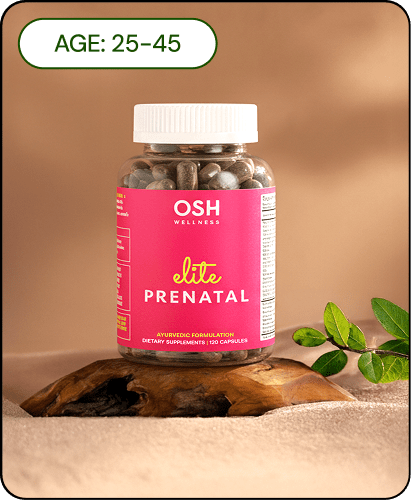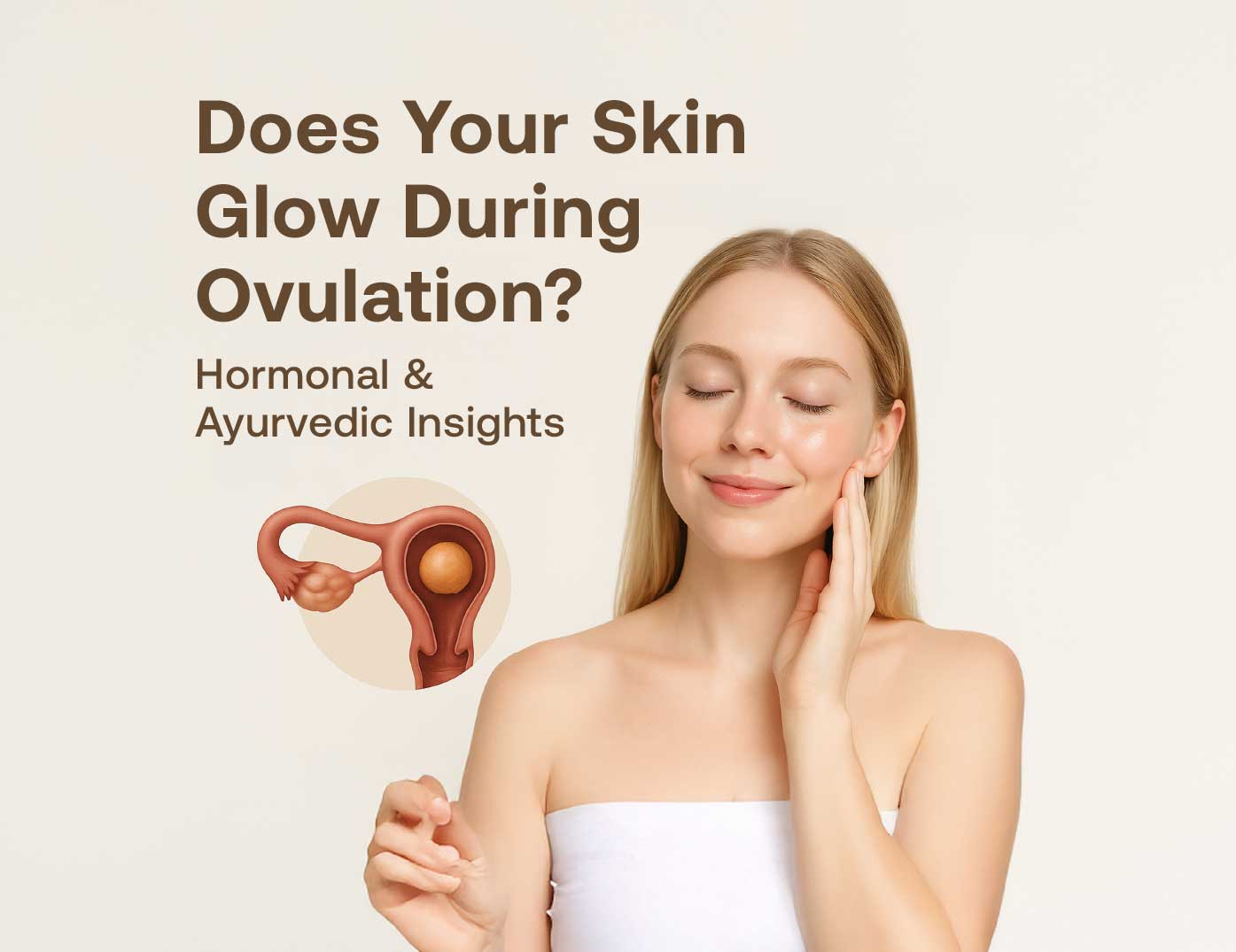Table of contents
The question of whether skin glows during ovulation goes beyond aesthetics; it touches core aspects of women's health and well-being. As estrogen levels peak, many women notice improved skin hydration and a visible radiance. These physiological changes are especially important for those considering conception or following a holistic beauty and fertility journey.
Understanding Hormonal Influences on Skin Health

Hormonal fluctuations throughout the menstrual cycle significantly impact skin health, particularly during ovulation when estrogen levels are highest. This surge in estrogen enhances skin hydration, elasticity, and overall glow. According to a recent study, elevated estrogen increases collagen levels and improves the skin’s barrier function, making it appear more radiant during mid-cycle ovulation [1].
As ovulation occurs, estrogen promotes increased moisture retention and reduces transepidermal water loss. Consequently, the skin appears fuller, smoother, and more vibrant. One study from 2024 notes that skin elasticity reaches its highest point during ovulation compared to earlier phases of the cycle [2].
However, once the luteal phase begins and progesterone rises post-ovulation, the skin can become oilier due to increased sebum production. This shift may lead to breakouts, especially around the chin and jawline, a common premenstrual symptom [3].
In Ayurvedic medicine, such changes correlate with dosha cycles. Ovulation typically represents a balanced state, but as menstruation nears and Pitta dosha increases, skin may show inflammatory symptoms like sensitivity or acne. While Ayurveda provides philosophical depth, more clinical validation is needed to confirm these observations [4].
Ayurvedic Insights on Skin and Dosha Balance During Ovulation

Ayurveda teaches that skin health is governed by the balance of the three doshas: Vata, Pitta, and Kapha. Each dosha represents different physiological energies, and imbalances can manifest through the skin, especially during ovulation.
Vata : Associated with dryness and movement, Vata imbalance can lead to dull, flaky skin. Estrogen fluctuations might aggravate Vata, so using rich oils like sesame or coconut can restore hydration. Daily Abhyanga (oil massage) is especially helpful [5].
Pitta : Responsible for heat and metabolism, Pitta imbalances can cause redness, breakouts, or inflammatory skin conditions. Cooling treatments like rose water, aloe vera, and light, hydrating foods such as cucumbers are recommended to soothe skin during ovulation [6].
Kapha : Governs moisture and stability. In excess, it causes oiliness and clogged pores. To balance Kapha, opt for gentle exfoliation, detoxifying herbal treatments, and avoid heavy, oily skincare products [7] .
Maintaining dosha harmony is not just about topical care. Ayurveda encourages personalized routines involving nutrition, sleep, stress management, and herbal support for glowing skin throughout the cycle.
Practical Ayurvedic Remedies for Enhancing Skin Glow

Ayurveda provides a rich repository of natural remedies for enhancing skin radiance during ovulation. These practices support the hormonal landscape while nurturing skin from within.
Cooling foods: Incorporate cucumbers, watermelon, leafy greens, and mint into your meals. These help to pacify Pitta and reduce skin inflammation during ovulation [8].
Hydrate deeply: Sip warm water and herbal teas like ginger or fennel, which aid digestion, a key to clear skin in Ayurveda. Avoid spicy or fried foods to minimize Pitta imbalances [9].
Herbal allies: Natural ingredients such as turmeric and neem are renowned for their antimicrobial and anti-inflammatory effects. These herbs help manage acne and irritation, especially prevalent during mid-cycle [10].
Topical support: Use face masks with sandalwood, aloe vera, or multani mitti (Fuller’s earth). These ingredients draw out impurities and balance skin oils effectively [11].
Mind-body practices: Yoga, pranayama, and daily meditation stabilize hormones and reduce cortisol levels, indirectly supporting glowing, balanced skin.
Because Ayurveda is individualized, women should consult practitioners to tailor regimens based on skin type and dosha constitution for maximum benefit.
Integrating Expert Opinions and Case Studies

Real-world success stories and research studies further validate the effectiveness of Ayurvedic skincare, especially for hormone-related challenges like adult acne or dryness.
For example, a 30-year-old woman with PCOS and chronic skin issues saw remarkable improvement in psoriasis symptoms, acne, and hydration levels after 12 weeks on a customized Ayurvedic routine involving diet, yoga, and herbal therapy [12].
Another case involved a 28-year-old patient dealing with hormone-induced acne. A structured Ayurvedic routine including CTM (cleanse-tone-moisturize) regimen and internal herbs led to drastic improvements in under 3 months [13].
Dermatologists are increasingly open to interdisciplinary collaboration. Experts confirm that Ayurveda can complement conventional dermatology when supported by proper diagnostics and individualized treatment [14].
These findings highlight the synergy between ancient wisdom and modern skincare approaches. As more people opt for holistic wellness, the demand for integrated solutions continues to grow.
Relevant Products
For women in their conception journey, the Osh Wellness Cleanse & Conceive Bundle could be a great support. It supports hormonal balance, encourages detoxification, and regularizes ovulation, providing a 360-degree approach to fertility.
Conclusions

Skin glow during ovulation is not merely an illusion; it’s a tangible outcome of hormonal peaks and internal balance. By aligning with your menstrual cycle and adopting Ayurvedic remedies, you can empower your body to reveal its natural beauty. Integrating dietary wisdom, herbal therapies, and stress management offers a transformative experience for skin and reproductive wellness. Ultimately, embracing a personalized, cyclical skincare regimen can lead to deeper vitality and confidence.
FAQs
Can your skin glow during ovulation?
Yes, estrogen peaks during ovulation often improve skin hydration and elasticity, making your skin appear visibly more radiant.
What Ayurvedic practices enhance skin health during fertility?
Tailored dietary changes, herbal face masks, cooling foods, self-massage, and stress management are key Ayurvedic practices.
What are signs of hormonal balance in the skin?
Clear, even-toned, moisturized skin with minimal inflammation may indicate balanced hormones.
How does diet affect skin appearance during the menstrual cycle?
Foods that aggravate Pitta or Vata can lead to breakouts or dryness. Cooling, moist foods help sustain clear skin.
When should I seek professional advice?
If you notice persistent acne, dryness, or irritation correlating with your cycle, consult a dermatologist or Ayurvedic practitioner.
Sources
1: PubMed - Hormonal Fluctuations and Skin Health
2: Cutis Laser Clinics - How Your Menstrual Cycle Affects Your Skin
4: Flo Health - Oily Skin Before and During Period
5: Ayurvedic Village - Doshas in Ayurvedic Treatment for Skin Diseases
6: One World Ayurveda - How to Balance Your Doshas for Healthy and Radiant Skin
7: Banyan Botanicals - Ayurvedic Soothe Your Skin Guide
8: Banyan Botanicals - Ayurvedic Healthy Cycle Guide
9: Aasha Ayurveda - Best Herbs as Ayurvedic Medicine for Ovulation
10: Saumya Ayurveda - Ayurvedic Secrets: How Hormones and Acne Interconnect
11: The Ayurvedic Clinic - Effective Ayurvedic Beauty Rituals for Healthy Glowing Skin
12: Elite Ayurveda - Hormonal Imbalances in Dry Skin Conditions: How Ayurveda Can Help
14: Open Dermatology Journal - Efficacy of Integrated Ayurvedic Approaches







